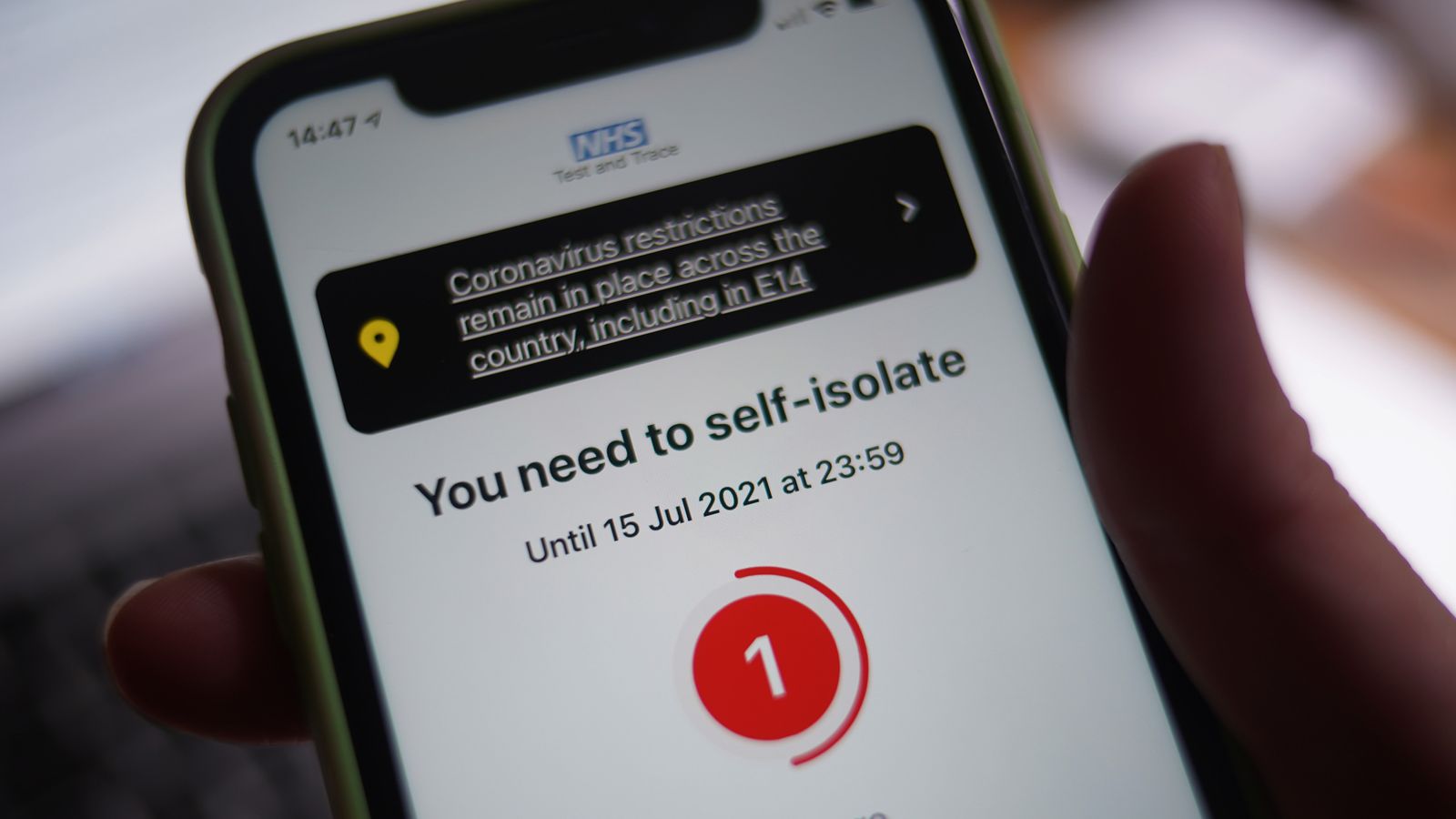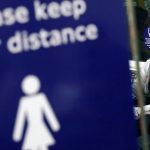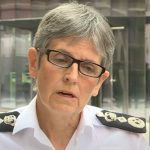Cutting COVID-19 isolation to five days would be “counterproductive” and exacerbate staffing shortages, the UK Health Security Agency (UKHSA) has warned.
Currently, people in England who test positive can get out of isolation if they receive a negative lateral flow test on days six and seven – with tests taken 24 hours apart. If they still test positive, they have to remain in isolation for 10 days.
This was cut from a full 10 days just before Christmas – but there are now calls to slash the period even further to five days, like in the US, due to increasing pressures on the NHS and workplaces.
However, the UKHSA has warned that cutting isolation even further could actually lead to more people being infected. In a blog post, it explained:
The time isolation starts in the US is different to UK
The UKHSA said we are “not comparing like to like” when looking at the self-isolation advice in the UK and US.
In the UK, the self-isolation “clock” begins when a person starts having COVID symptoms or gets a positive test, whichever is first.
COVID-19: Lionel Messi and three Paris Saint-Germain teammates test positive for coronavirus
COVID-19: England and Wales report 137,583 new cases and 73 further coronavirus-related deaths
COVID-19: Data does not support more restrictions in England this week thanks to plan B, cabinet minister says
But in the US, the advice is to self-isolate for five days once you get a positive test “which may be some days after the first symptoms”, the UKHSA said.
Shortening self-isolation would be “counterproductive”
The UKHSA said its modelling suggests 10% to 30% of people will still be infectious on day six, “depending on how soon after developing symptoms they received their PCR or lateral flow test result, and the result of their lateral flow test on that day”.
Therefore, the agency said its current assessment is making the isolation period shorter than seven days (including end of isolation assurance testing) “would be counterproductive”.
It said that in some settings – such as hospitals – “it could actually worsen staff shortages if it led to more people being infected”.
Omicron could change self-isolation period
The UKHSA said it will keep its position on self-isolation under review as more evidence comes in and the government monitors the impact of isolation policy on critical sectors.
But, it added: “Our assessment may change as we continue to learn more about the features of the Omicron variant compared to, for example, the Delta variant.”
However, the agency said the current policy of allowing people to leave isolation after two negative tests on days six and seven “is the optimal approach at present”.
It said this supports people who are “unlikely to be infectious to go back to work and resume other activities, but continues to protect the wider population from infection”.






















